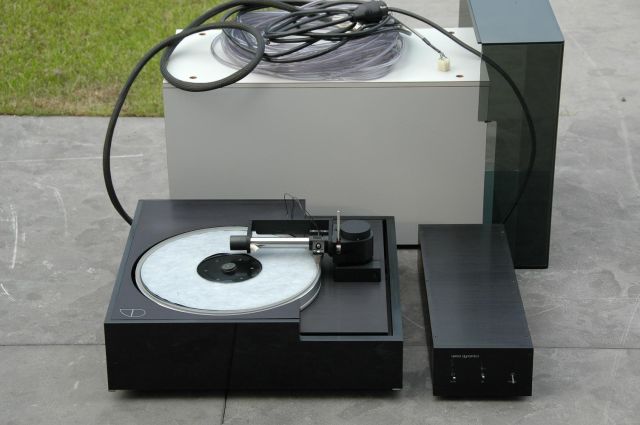The smart Trick of "The Art of Sound Reproduction: Understanding Hi-Fi Audio Technology" That Nobody is Discussing

The Evolution of Hi-Fi: Coming from Vinyl to Digital
The world of music has gone through a impressive change over the past few many years. Along with advancements in innovation, the way we listen to and take in music has changed greatly. One substantial advancement in the hi-fi industry is the shift from plastic reports to digital formats. This transition has not only transformed the means we experience popular music but has additionally shaped our viewpoint of audio top quality and benefit.
Vinyl files, additionally understood as long-playing (LP) documents or simply "vinyl," were to begin with offered in the late 1940s. These reports came to be astonishingly well-known and controlled the music market for several years. The hot analog noise made by plastic appealed to audiophiles and songs enthusiasts alike, producing a distinct listening experience that mightn't be duplicated through any various other tool.
Plastic documents were participated in using turntables furnished along with needles that checked out canals on the surface area of the report. The bodily attribute of vinyl resulted in discernible flaws like crackles and pops, which some claimed included personality to the listening encounter. Check Here For More put in substantial time and attempt into sustaining their record selections, meticulously cleaning them before each play to guarantee ideal sound high quality.
Having said that, as modern technology advanced, thus carried out our means of eating songs. In 1982, Sony presented a development innovation—the Compact Disc (CD). The CD provided countless advantages over plastic documents: much smaller size, durability against scrapes and wear, on-the-spot keep track of accessibility with electronic navigation, and superior sound premium due to its digital style.
Along with CDs acquiring level of popularity throughout the 1980s and 1990s, it seemed to be like vinyl would become outdated. Nevertheless, a small group of devoted audiophiles firmly insisted that nothing could match the rich noise made through analogue audios on vinyl. Despite its decrease in mainstream attraction, vinyl made it through as a niche market market catering mainly to debt collectors and purists who valued its special sonic features.

Quick ahead to today's digital era—where songs is mainly eaten in digital layouts. The advent of the net and the growth of electronic songs systems have transformed how we listen to and get access to songs. Digital styles, such as MP3, AAC, and FLAC, offer exceptional benefit and ease of access. With just a handful of clicks on or water faucets on a smartphone or personal computer, we may promptly stream or download and install an substantial library of tracks.
Digital music report are squeezed models of the initial recordings, allowing for effortless storing and gear box all over numerous units. Having said that, this compression does lead in some loss of audio premium when compared to plastic records or CDs. Audiophiles who value beautiful noise duplication often choose uncompressed layouts like FLAC (Free Lossless Audio Codec) to guarantee high reliability playback.
In current years, there has been a resurgence of rate of interest in vinyl reports one of much younger creations. Vinyl purchases have continuously raised year after year since 2007, illustrating a renewed admiration for physical media and the nostalgia connected with vinyl fabric's concrete attribute. Several assert that listening to plastic documents offers a more immersive experience—an intended act that ask for our interest and encourages us to engage deeply along with the music.
In addition, a number of artists now launch their albums on vinyl fabric along with digital styles as component of limited-edition launch or special collection agency's items. This integration of aged and brand new technologies showcases how both electronic and analogue mediums can exist side-by-side sympathetically within today's evolving musical landscape.
The advancement coming from vinyl fabric to digital has certainly transformed how we eat popular music. While plastic reports remain cherished through aficionados for their coziness and legitimacy, electronic styles have helped make music more obtainable than ever before before. Whether one chooses the classic crackle of a report gamer needle striking plastic or the benefit of streaming an whole public library on-demand—there is no refusing that both formats possess their special beauty in shaping our music encounters.
In verdict, innovation has participated in a essential role in molding the evolution of hi-fi coming from plastic to electronic styles. Vinyl fabric records delivered an unrivaled analog listening take in along with their cozy audio and physicality, while electronic formats took benefit, ease of access, and a large public library of songs at our fingertips. As we relocate onward, it's exciting to view how modern technology are going to carry on to shape the method we consume and appreciate popular music.
